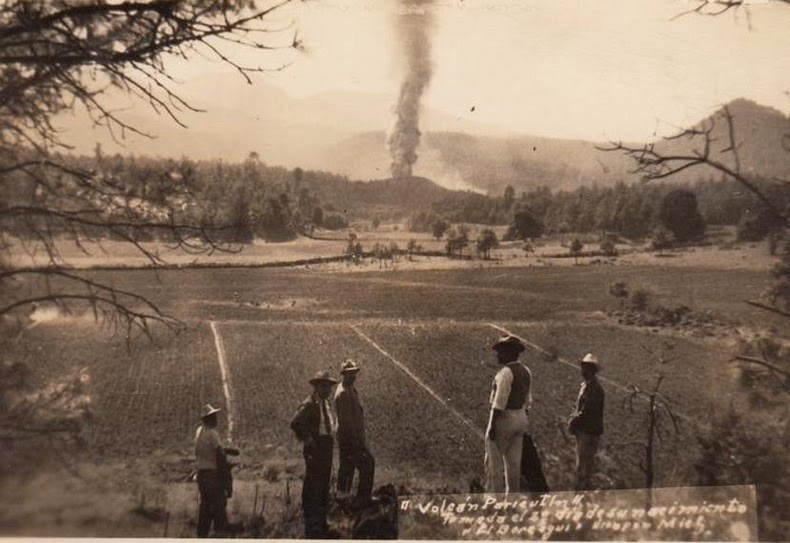The Volcano That Grew Out Of A Cornfield

Rarely do volcanologist get to watch the birth, growth, and death of a volcano. Paricutin provided such an opportunity. Paricutin is a cinder cone volcano located in the state of Michoacan, in Mexico, close to a lava-covered village of the same name. The volcano erupted on February 20, 1943, and continued erupting till 1952, during which it destroyed the villages of Parícutin and San Juan Parangaricutiro, burying both beneath ash and lava. San Juan Parangaricutiro’s church spire is all that remains of the village, poking out of the now solidified lava rock.
Unlike most volcanoes, Parícutin volcano didn’t exist until that fateful day. This makes the volcano unique because it is one of the very few volcanoes whose birth has been witnessed by man. The volcano is located about 200 miles west of Mexico City, in the Michoacan-Guanajuato volcanic field, that contains about 1,400 volcanic vents. Paricutin is the youngest volcano to form in the Northern Hemisphere.